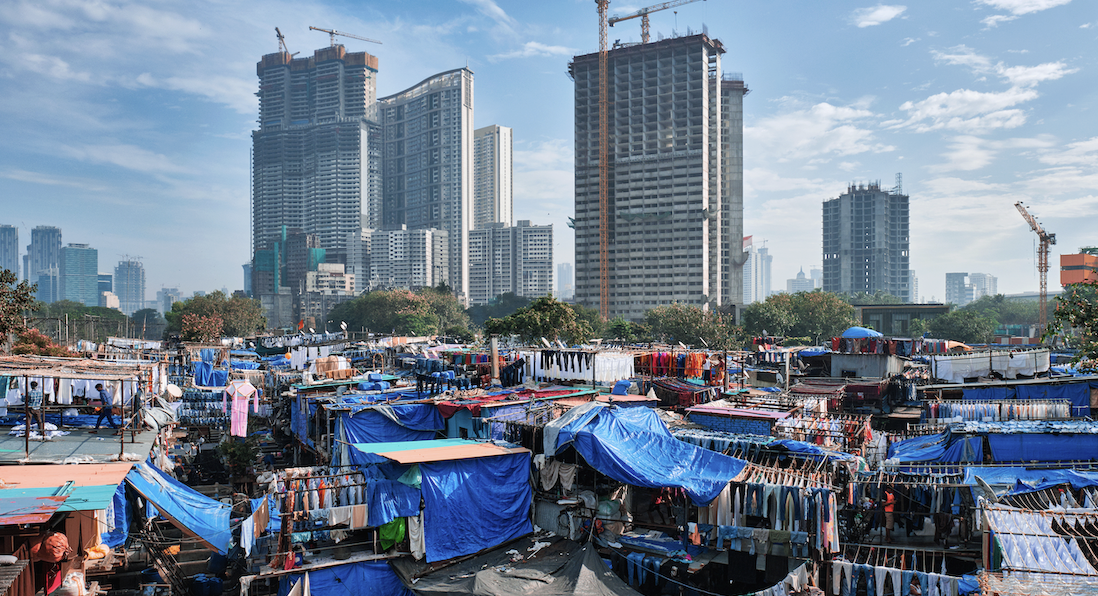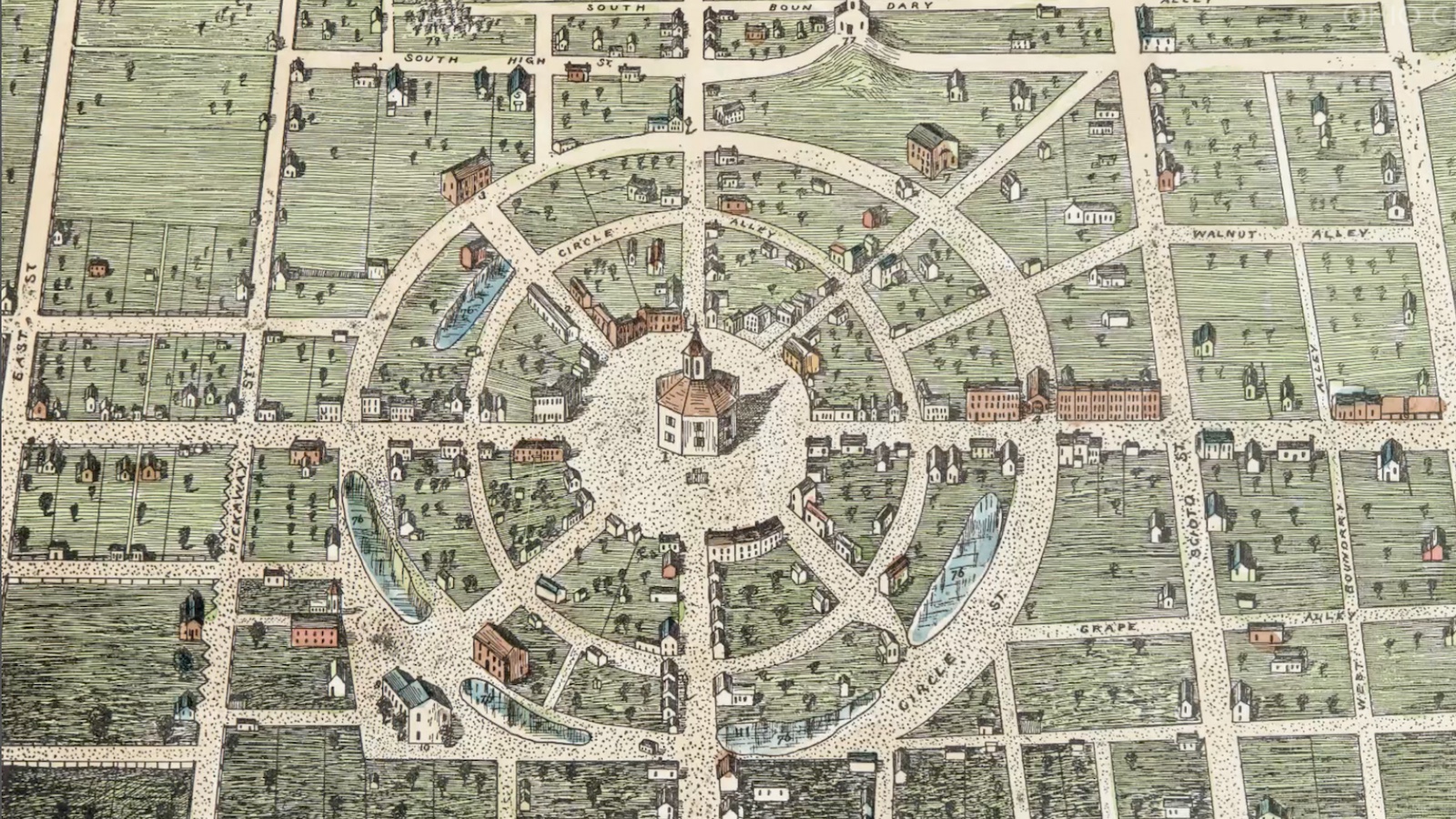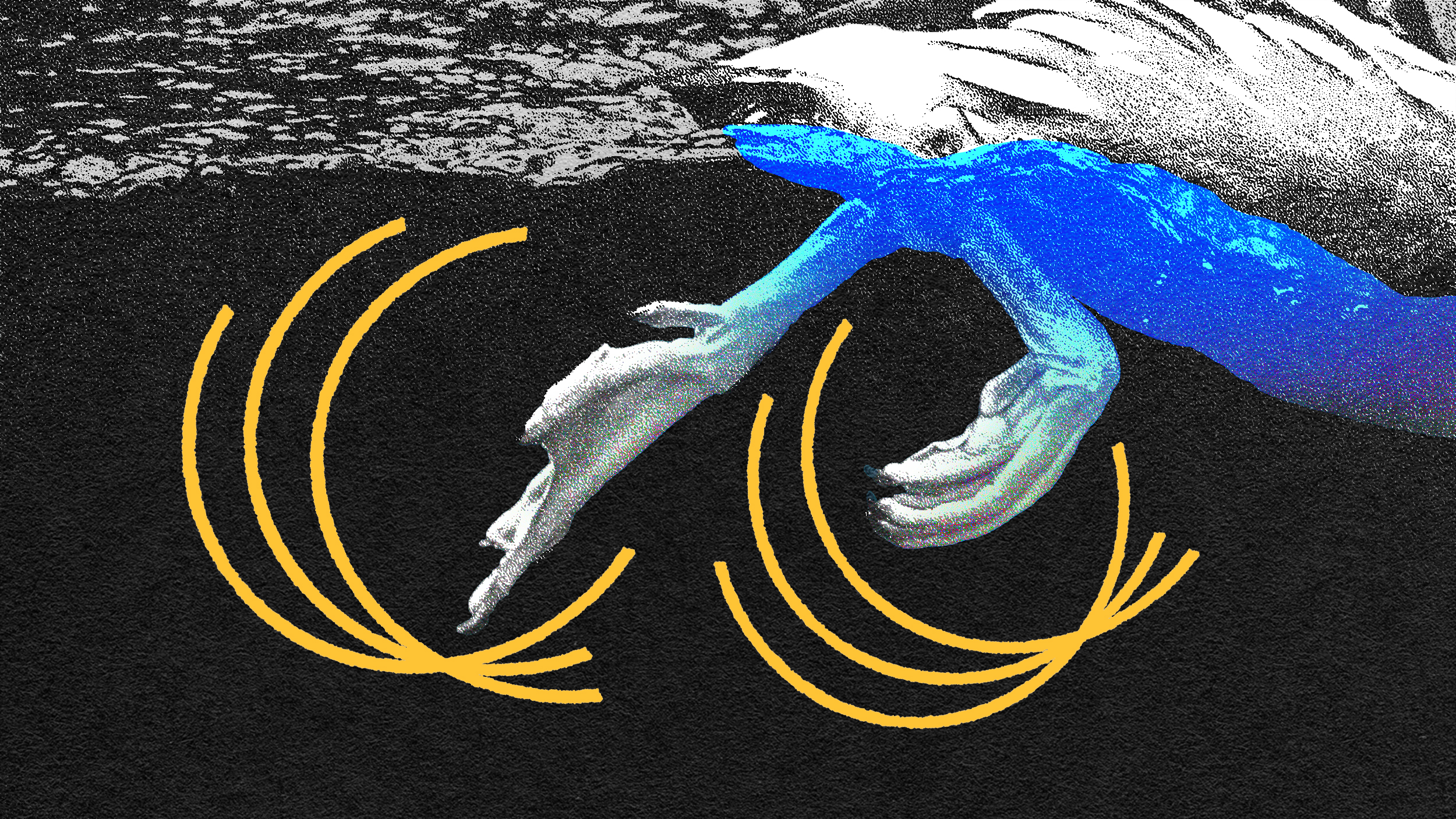Global living standards have soared since the 19th century. Why are some regions left behind?

- A few centuries ago, most people led lives comparable to those of their remote ancestors. They were brief lives and full of struggle.
- Over the past 200 years, living standards have taken an unprecedented leap forward by every conceivable measure. But that revolutionary growth triggered the emergence of a new problem: immense inequality within and across societies.
- To the economist Oded Galor, disentangling the mystery of growth enables us to grapple with the mystery of inequality.
From The Journey of Humanity: The Origins of Wealth and Inequality by Oded Galor with permission from Dutton, an imprint of the Penguin Publishing Group, a division of Penguin Random House, LLC. Copyright © 2022 by Oded Galor.
Imagine if residents of Roman Jerusalem in the time of Jesus, two thousand years ago, stepped into a time machine and traveled to the Ottoman-ruled Jerusalem of 1800. They would undoubtedly be impressed by the magnificent new city wall, the considerable population growth and the adoption of new innovations. But although nineteenth-century Jerusalem was quite different from its Roman predecessor, our time travelers would adjust with relative ease to their new surroundings. True, they would have to adapt their behavior to the new cultural norms, but they would be able to maintain the trade they had practiced at the dawn of the first century and sustain themselves easily enough, since the knowledge and skills acquired in ancient Jerusalem would still be pertinent. They would also find themselves vulnerable to similar perils, illnesses and natural hazards as those endured in the Roman period, and their life expectancy would hardly alter.
Envision, however, the experience of our time travelers if they were whisked just another two hundred years ahead, to early-twenty-first-century Jerusalem. They would be utterly astounded. Their skills would now be obsolete, formal education would be a prerequisite for most occupations, and technologies that might seem like witchcraft would be daily necessities. Furthermore, as numerous fatal diseases of the past would have been eradicated, their life expectancy would instantly double, requiring an entirely different mindset and longer-term approach to life.
For most of human existence, from the emergence of Homo sapiens as a distinct species nearly 300,000 years ago, the basic thrust of human life was remarkably similar to that of other species, defined by the pursuit of survival and reproduction. Living standards bordered on the subsistence level and scarcely varied over the millennia or across the globe. But perplexingly, over the past few centuries, our mode of existence has been drastically transformed. From a historical viewpoint, humankind quality of life has experienced a dramatic and unprecedented improvement virtually overnight. What explains this Mystery of Growth? How did the human species break out of this poverty trap?
Over most of human existence human life was nasty, brutish, and short. A quarter of newborns died of cold, hunger and assorted illnesses before reaching their first birthday, women often perished during childbirth, and life expectancy rarely exceeded forty. It was a world engulfed in darkness after sunset, a place where women, men and children devoted long hours to ferrying water to their homes, washed infrequently, and spent the winter months in smoke-filled homes. A time period in which most people lived in far-flung rural villages, rarely ventured from their birthplace, survived on paltry and monotonous diets, and could neither read nor write. A dismal era when an economic crisis did not demand belt-tightening, but rather led to mass starvation and extinction.
But surprisingly standards have not risen progressively over the entire course of human history. While the evolution of technology has indeed been a largely gradual process, accelerating over time, it has not resulted in a correspondingly incremental improvement in living conditions. The astounding ascent in the quality of life in the past centuries has in fact been the product of an abrupt transformation.
Most people of a few centuries ago led lives comparable to those of their remote ancestors – and most other individuals around the globe. The living conditions of an English farmer at the turn of the sixteenth century were similar to those of an eleventh-century Chinese serf, a Mayan peasant fifteen hundred years ago, a fourth-century BCE Greek herder, an Egyptian farmer five thousand years ago, or a shepherd in Jericho eleven thousand years ago.
But since the dawn of the nineteenth century, a split second compared to the span of human existence, life expectancy has more than doubled, and per capita incomes have soared twenty-fold in the most developed regions of the world, and fourteen-fold on Planet Earth as a whole (Fig. 1).
This continuing improvement has been so radical, in fact, that we often lose sight of just how exceptional this period is in relation to the rest of our history. What explains this Mystery of Growth – the scarcely conceivable transformation in the quality of life of the last few centuries, in terms of health, wealth and education, which dwarf any other changes in these dimensions since the emergence of Homo sapiens?
The first spark that set humanity on its distinctive journey was the development of the human brain, whose growing capabilities were born from adaptation to evolutionary pressures that were unique to our species. Equipped with their powerful brains, humans developed progressively better technologies, improving their hunting and gathering efficiency. Such advances enabled the population to swell, while attributes that made humans better able to use those technologies bestowed a survival advantage. Thus emerged Homo technologicus: human beings whose fingers adapted to sculpt raw materials into useful hunting and cooking objects, whose arms developed to hurl spears, and whose brains evolved to store, analyze and transmit information, to reason and communicate using languages, and to facilitate cooperation and complex trade relations.
Over hundreds of thousands of years, these processes unceasingly enhanced the adaptation of humankind to its ever-changing environment, allowing the species to thrive and grow and permeate new ecological niches as it ventured out of Africa. It learned to protect itself from precarious weather conditions and refine its hunting and gathering skills until, about ten thousand years ago, it experienced its first major transformation: some humans adopted sedentary lifestyles and began farming their food, generating evolutionary pressure on the species as a whole to follow suit.
The Neolithic Revolution had an enduring effect on humanity. In a matter of only a few thousand years, the majority of humans abandoned their nomadic lifestyle and began cultivating the land. Technological innovation in the form of irrigation and cultivation methods generated higher agricultural yields and led to greater population density, fostering specialization, and the emergence of a non-food-producing class, dedicated to knowledge creation. They spurred further technological progress, as well as advancements in writing, art and science, leading to the onset of civilization. The human habitat had been gradually transformed: farms grew into villages, and villages expanded into towns and walled cities. These cities sprouted magnificent palaces, temples and fortresses, the bastions of elites who created formidable armies and slaughtered their enemies in battles for land, prestige and power.
For most of the history of our species, the interplay between technological progress and the human population was a persistent reinforcing cycle. Technological progress enabled the population to grow, and encouraged the adaptation of societal traits to these innovations, while the growth and the adaptation of the population widened the pool of inventors and expanded the demand for innovations, further stimulating the creation and adoption of new technologies. Technologies improved, populations grew, societal traits that suited new technologies spread.
Nevertheless, one central aspect of the human condition remained largely unaffected: living standards. Technological progress over most of human history failed to engender any meaningful long-term betterment in the material well-being of the population. Humanity was caught in a poverty trap. Technological progress, and the associated expansion of resources it allowed, contributed to population growth, dictating that the fruits of progress had to be divided among a growing number of people. Innovations therefore led to a rise in economic prosperity for a few generations, but ultimately population growth brought it back down towards subsistence levels. When populations enjoyed fertile land and political stability, technology made significant strides. This occurred variously in ancient Persia, Egypt and Greece, in the Mayan civilization and the Roman Empire, in the Islamic caliphates, and in medieval China. Bursts of technological progress spread new tools and production methods and temporarily elevated living standards. Yet these improvements were short-lived.
Eventually, however, the inevitable acceleration of technological advancement over the course of human history reached a tipping point – a ‘phase transition’. The rapid innovations in the course of the Industrial Revolution that began in a small pocket of northern Europe in the eighteenth and nineteenth centuries was sufficiently rapid to foster demand for skills and knowledge that would enable workers to navigate the rapidly changing technological environment. A new approach to parenting has therefore emerged: bearing fewer children and investing in their education. The surge in life expectancy and the decline in child mortality further incentivized parents to invest in human capital and reduce fertility. Meanwhile, the decline in the gender wage gap increased the cost of child rearing which made smaller families even more attractive. These joint forces triggered the Demographic Transition, severing the persistent positive association between economic growth and birth rates.
This dramatic drop in fertility liberated the development process from the counterbalancing effects of population growth, and allowed technological improvements to raise prosperity permanently instead of in fleeting spurts. Thanks to a better-quality workforce, and heightened investment in human capital, technological progress accelerated further, boosting living conditions and catalyzing sustained growth in income per capita. Humanity was undergoing a phase transition. Just as the Neolithic Revolution spread from a few hubs such as the Fertile Crescent and Yangtze River to other regions, so the Industrial Revolution and the Demographic Transition began in Western Europe and over the course of the twentieth century rippled out across most of the globe, raising prosperity levels.
The past two hundred years, therefore, have been revolutionary: living standards have taken an unprecedented leap forward by every conceivable measure. And average per capita incomes across the world have skyrocketed. The cruel world in which child mortality was mounting gave way to a prosperous one, in which the death of a single child is an extraordinary tragedy. Yet improvements in living conditions have meant more than just better health and higher incomes. Technological progress also led to a decline in the use of child labor, a shift to less perilous and strenuous occupations, the ability to communicate and engage in commerce across vast distances, and the proliferation of mass entertainment and culture on a scale that our ancestors could never have imagined.
Although technological advancement and the immense improvement in living standards have been shared unevenly across the planet, and though natural disasters, pandemics, wars, atrocities and political and economic upheavals have occasionally rained destruction on countless individuals, these tragedies and injustices – dramatic and horrific as they have been – have not diverted the journey of humanity from its long-term path. Viewed via a wider prism, the living standards of humanity as a whole have recovered from each of these calamities with remarkable haste and have kept hurtling forward.
Intriguingly, when prosperity spiked in recent centuries, it did so only in some parts of the world, triggering a second major transformation unique to our species: the emergence of immense inequality within and across societies. Western European countries and some of their offshoots in North America and Oceania experienced the remarkable leap in living conditions as early as the nineteenth century, while this ascent was delayed in most regions of Asia, Africa and Latin America until the latter half of the twentieth century (Fig. 2). But what accounts for some parts of the world undergoing this transformation earlier than others?
Disentangling the Mystery of Growth enables us to grapple with the Mystery of Inequality and could empower us with better approaches to the alleviation of poverty and the fostering of prosperity for humanity as a whole. Recognizing our roots will permit us to participate in the design of our futures. Understanding the origins of wealth and global inequality will guide us in the design of policies that facilitate prosperity over the world, especially via expanded education, gender equality, and diversity, and allow us to envision – and strive for – the even more bountiful future that lies ahead. All this as the human species continues its journey into uncharted territories.





